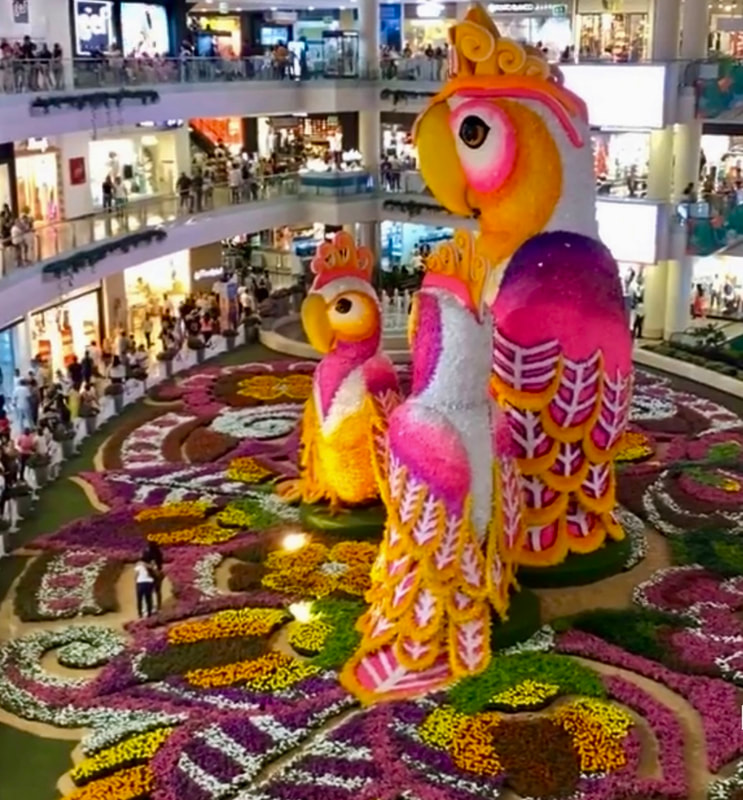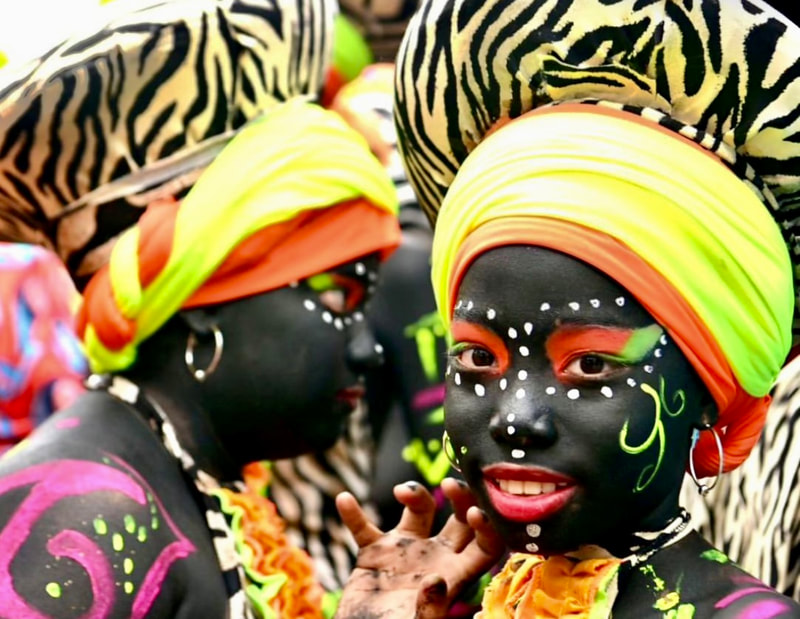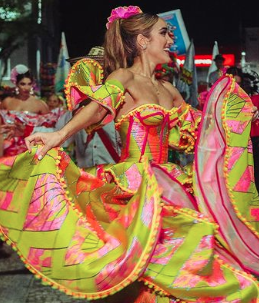The new year starts super happy in Colombia. There is practically one festival, fair or celebration every week starting on 2nd January throughout all the towns and cities in Colombia. The festivals are a wealth display of culture and are full of rhythm, happiness and colour. No wonders why Colombians are always happy and smiling.
Take a look at the fab main celebrations in Colombia.
Take a look at the fab main celebrations in Colombia.
Above images not owned by Galeria Amaya.
Barranquilla's festival is the unmissable event in Colombia. Millions of Colombians and tourists dance their shoes off on the streets and enjoy the multicolour display of dresses, music and happiness. Come to Barranquilla the Saturday before Ash day and block 4 days on your calendar. (sorry Rio!)
The first 10 days of August Medellin is dressed in flowers, celebrating the infamous Feria de las Flores. "The Silleteros" is the most important and beautiful event where talented artisans create the most espectacular arrangements of flowers held on their backs during the parade.
Cali is the Salsa capital and the Cali’s World Salsa Festival is the place to be for anyone who appreciates the art of dance. Come in September, the 4-day dance party offers large-scale competitions for professionals.
And then come back to Cali as here is the best place to finish your year by coming to La Feria de Cali from 25-30 December. The Super concerto and more ... Salsa! Salsa!
And then come back to Cali as here is the best place to finish your year by coming to La Feria de Cali from 25-30 December. The Super concerto and more ... Salsa! Salsa!
The battle of accordion players to crown the King of Vallenato is the highlight of the 4 days music festival. Apart from dancing, they revive all types of artistic expressions related to the Vallenato, including, peasant poetry, story-telling. Oral traditions and socio-cultural expression also form part of the celebrations. The festival is held on 27-30 April.
This incredible festival takes place between the 2nd and the 7th of January each year, and it has been declared a UNESCO World Heritage Site. its history i’s a bit, well, colourful! With roots set deep in the days of Spanish rule, the Spanish slave owners set January 5th as a day of freedom for people of color, allowing their slaves to revel and make merry through the streets of Pasto. Allegedly, the Spanish wanted to join in and so painted their faces black to take part. The black population, in turn, began painting their faces white and a Carnival was born.






 RSS Feed
RSS Feed





